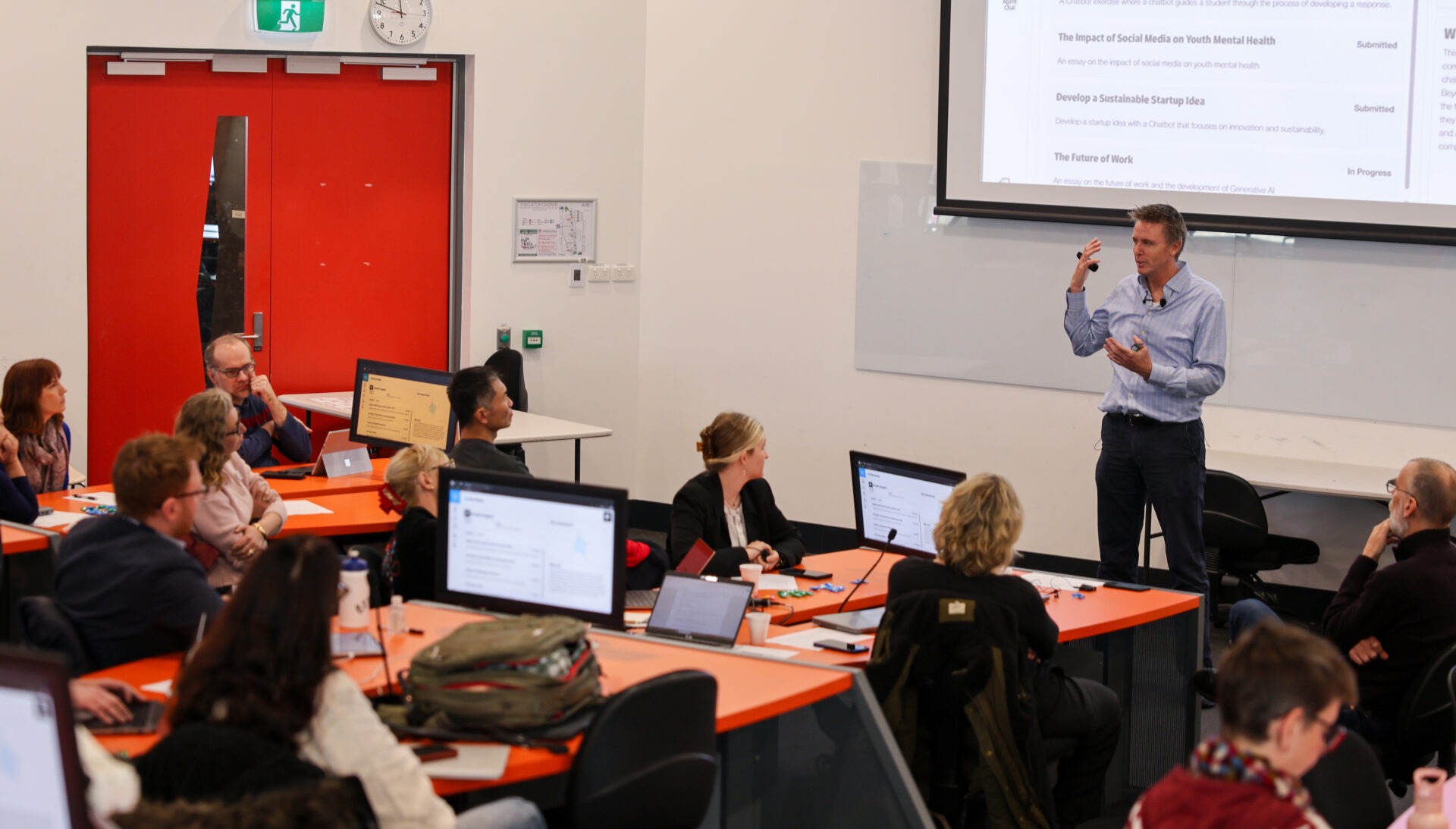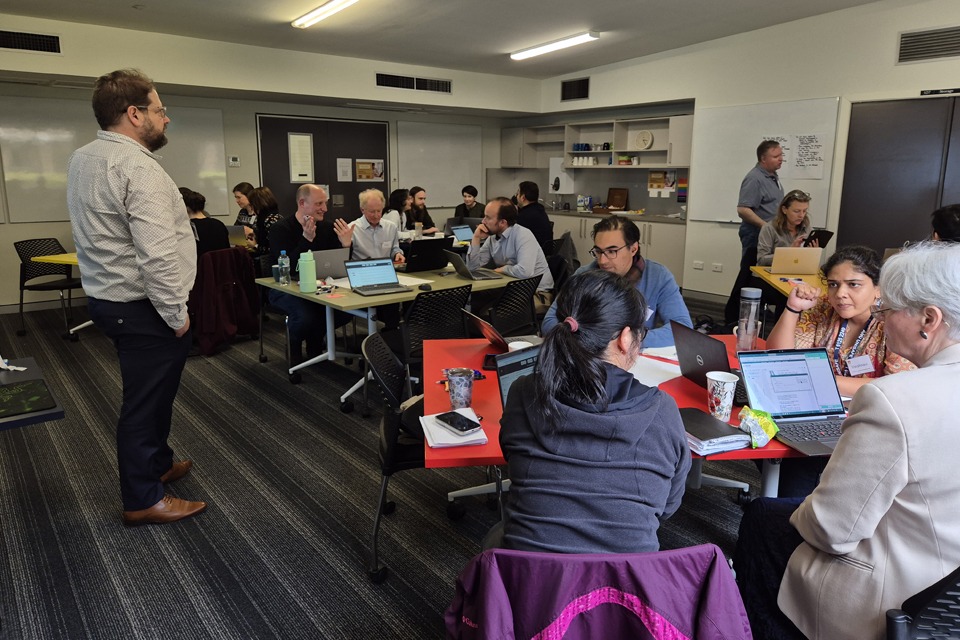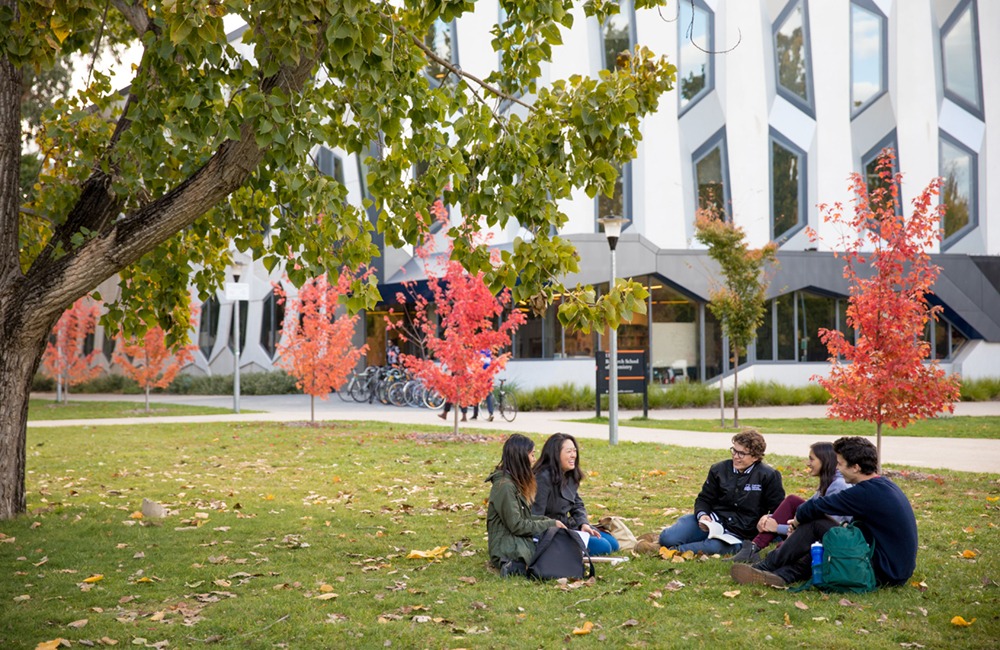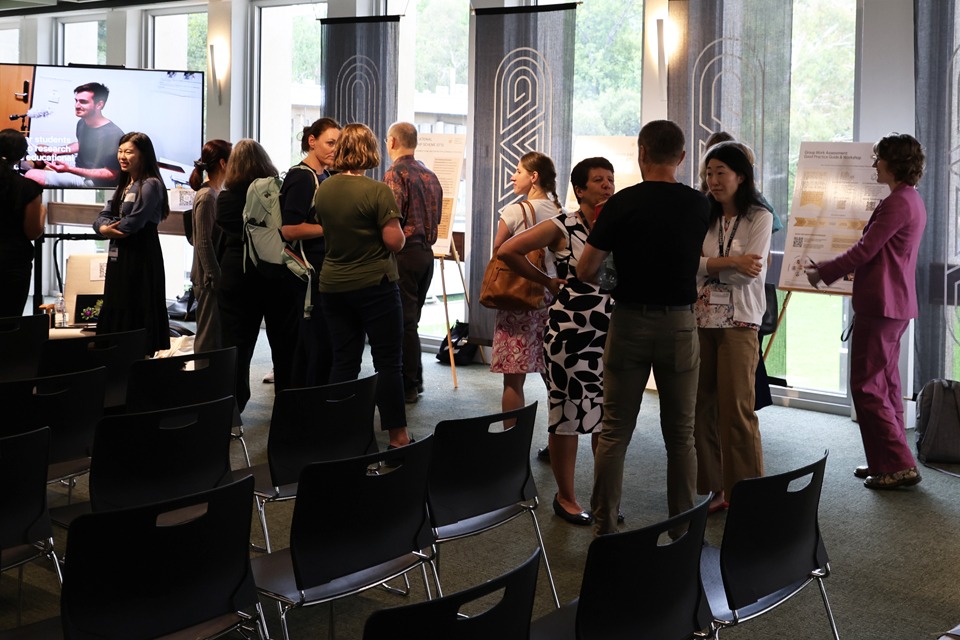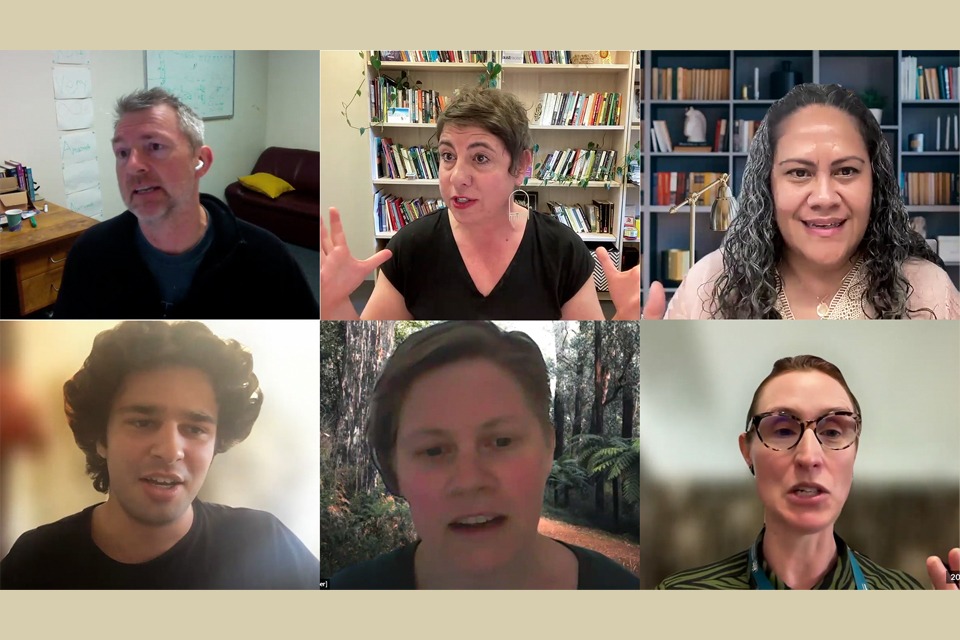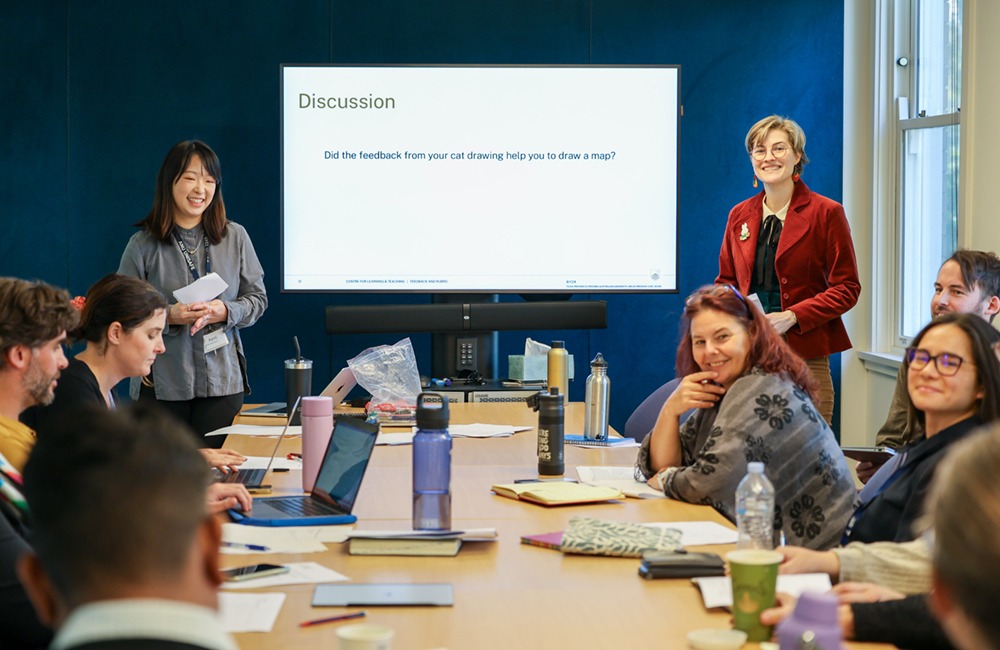Finding it hard to record?
You know it’s a good thing to do… and of course, you’re busy, but is that the only reason it’s been on your to do list for a while now?
Recording a video of yourself can feel like an even bigger hurdle than getting students back into the lecture theatre post-Covid. That’s because getting in front of a camera can be scary. Watching yourself back and hearing your recorded voice can be even scarier!
So how do you overcome these fears?
Why make a welcome video?
A short and concise welcome video on your course site can provide students with information about you and your course in a much easier way than reading the information in a text. But it can also be so much more! Because a video provides a lot of non-verbal cues, it is a great way to show that you are approachable and to create a sense of connection and belonging, even before your course starts.
Why you look and sound different in a recording?
It’s not just you. A video recording of you will always look and sound different to how you’re used to seeing and hearing yourself.
We’ve grown up looking at ourselves in the mirror. We’ve been exposed to this image of ourselves our whole life and therefore grown used to it.
The reflection we see in a mirror is a lie! It shows us a reverse image of ourselves, not what others and the camera see
Because our faces aren’t perfectly symmetrical, when we observe ourselves in a video or photograph, it often feels ‘wrong’.
When speaking, however, you hear your voice in two different ways at the same time. You hear it through your ears as the sound waves hit your eardrums, but you also hear it through the vibrations of your vocal cords inside your skull. When you hear yourself on a recording, you’re only hearing the sound waves hit your eardrums. Without the internal vibrations, you sound different than what you’re used to.
So, the way the camera sees and hears you is the way most people around you see and hear you – but experiencing yourself as a recording feels uncomfortable because we’re not used to it.
So how do I get over it?
Exposure therapy. Consider watching a recording of yourself over and over again. Feel the cringe and do it anyhow. Learn to grow comfortable with the version of you that everyone around you knows and loves. We need to get to know and feel comfortable with our own selves first, before we can feel confident about our recordings.
Once we get over watching what feels like a deception, we can then focus on what’s important: the content of our video.
What do I put in a good welcome video?
While it may feel important to put all the details of your course in this video – your video script should not just replicate your course outline. What students really want to learn about is you and why you’ll be a good lecturer. That’s why they chose to click play on a video with your face.
- Tell a story, ie why do you love your discipline?
- What prompted your first ‘aha’ moment?
- Share an interesting detail about yourself that students might be able to relate to.
Telling prospective students about your pet Labrador Retriever, George, for instance, gives them an immediate entry point to start a conversation with you by telling you all about their pets. This kind of sharing helps you to build a connection with your students more quickly. Furthermore, when you talk about something you care about, it will be easier for you to talk naturally and come across as approachable, enthusiastic and caring.
The ability to build strong relationships with students will be one of your greatest assets as an educator.
Six tips for making a welcome video
- Plan out your video, in a script, an outline or dot points
- Wear something that represents you as an educator – something which makes you feel comfortable and/or adds some flare to show your personality
- Find a quiet location with natural lighting
- Use technology you are comfortable with, rather than an overcomplicated set up (or book the CLT studio and support)
- Don’t worry if you stumble or make a mistake during your recording – as these imperfections will only help to make you look more human. When choosing your final take, choose the take where you’re feeling most like yourself instead of a take where you’re coming across as ‘perfect’.
- Relax. Take deep breaths. Slow down your pace and speak clearly and slowly.
Come join CLT for a workshop!
Join CLT on Wednesday 11 September between 10:30am–12:30pm for a hands-on workshop where you will learn basic presenting techniques such as scripting, gesturing, vocal techniques and effective slide use. Also learn how to film and produce your videos using a variety of approaches (DYI, studio, mobile device).
The aim of the workshop is to build your confidence of appearing in front of a camera. You will learn what to include in your video so you can better connect with your students online and avoid making your course site just a repository of content.
Book the CLT studio
Feeling confident to record a video but want it to look more professional? Book a recording session in the CLT/CASS studio or book an appointment to get support from the multimedia team.
Marianne Mettes, Education Designer at ANU Centre for Learning and Teaching
